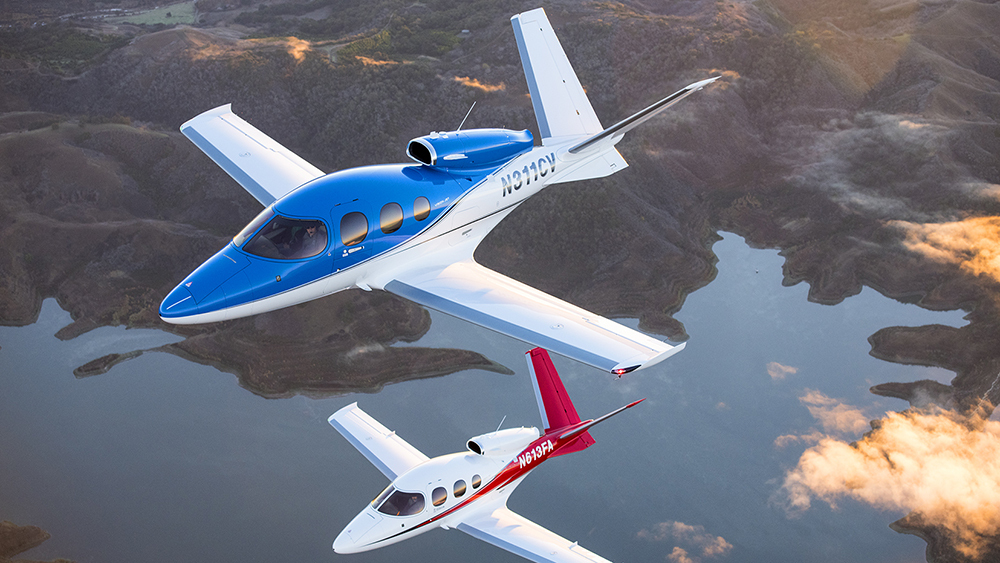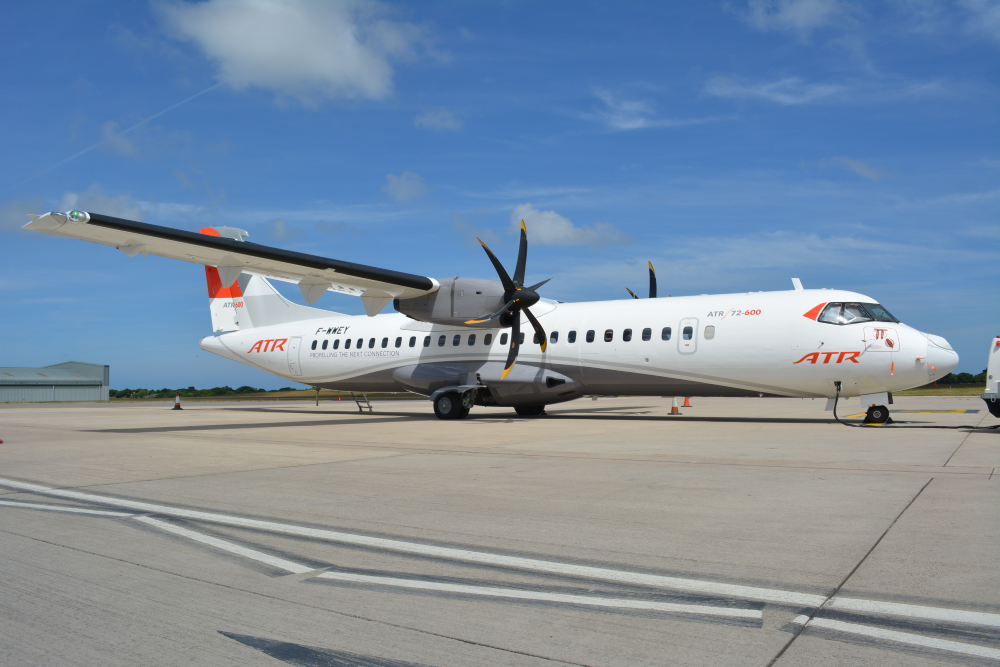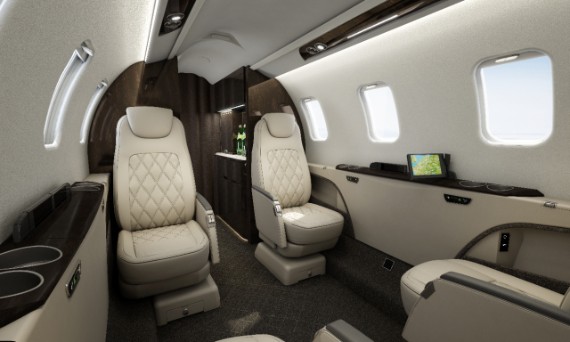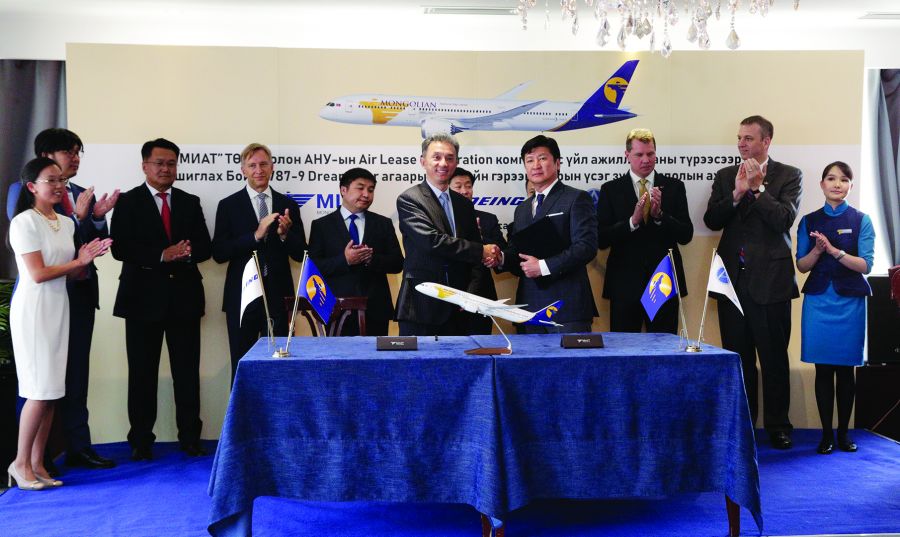- U.S. Federal Aviation Administration certifies update to the popular Garmin G5000 avionics suite
- This leading-edge technology will be standard on new Learjet aircraft and available as a retrofit on in-service Learjet 70 and Learjet 75 aircraft
- Upgrade brings enhanced capabilities to the renowned Bombardier Vision flight deck and paves the way for future advancements
- Bombardier’s newest Learjet, the Learjet 75 Liberty, is getting strong interest on the market, boasting the smoothest ride and the most spacious cabin as well as the latest avionAs part of its continuing commitment to the legendary Learjet product line, Bombardier is pleased to announce that the U.S. Federal Aviation Administration (FAA) has certified the latest update to the popular Garmin G5000 avionics suite aboard Learjet aircraft.
As part of its continuing commitment to the legendary Learjet product line, Bombardier is pleased to announce that the U.S. Federal Aviation Administration (FAA) has certified the latest update to the popular Garmin G5000 avionics suite aboard Learjet aircraft.
The upgrade will be incorporated on new Learjet aircraft deliveries. In a few months’ time, the new Garmin G5000 avionics suite will also be a standard feature on Bombardier’s newest Learjet, the Learjet 75 Liberty, which is expected to enter service in mid-2020. A retrofit for in-service Learjet 70 and Learjet 75 aircraft will be available in early 2020.
“The latest Garmin G5000 avionics suite is one of many reasons to love Learjet,” said Peter Likoray, Senior Vice President, Worldwide Sales and Marketing, Bombardier Business Aircraft. “With a steady stream of acclaimed enhancements and the upcoming entry-into-service of the new Learjet 75 Liberty, Bombardier is making the world’s best light jet an irresistible choice for more operators than ever before.”
“The Learjet is an iconic symbol that is known for its performance and efficiency, and the ever-popular Garmin G5000 integrated flight deck further enhances this platform with modern features such as wireless connectivity, FANS 1/A+ and more*,” said Carl Wolf, Vice President, Aviation Sales and Marketing, Garmin. “We’re thrilled to work alongside Bombardier to deliver a state-of-the-art avionics suite with an advanced feature set that reduces pilot workload, improves situational awareness and gives pilots a superior in-flight experience.”
Bombardier’s recent enhancements to the beloved Learjet are popular with operators and include a standard pocket door for the quietest flight as well as extended maintenance intervals that drive down operating costs. The spacious new Learjet 75 Liberty, which further demonstrates Bombardier’s commitment to Learjet, is getting strong interest on the market. A full-size interior mock-up of this value-added business jet has already made several appearances to overwhelmingly positive reviews.
The new Garmin G5000 avionics suite will bring workload-reducing improvements, including climb, cruise and descent vertical navigation, enhanced take-off and landing performance calculations and much more. FANS 1/A+, which enables access to the most efficient and favourable routes, will be offered as an option. It will ensure readiness for modernized airspace requirements and deliver efficiency gains that are expected to lower direct operating costs. Pilots will also benefit from a vast array of wireless connectivity features, including two-way flight plan transfers between compatible apps and avionics, available thanks to Garmin’s Flight Stream 510 solution.
The Learjet 75 Liberty has the same operating costs as its competitors in the light jet category while offering the most spacious cabin, the fastest speed, the longest range and the smoothest ride. It is also a step up from other light jets in terms of safety standards, certified to the FAA’s more stringent Part 25 regulations, applicable to commercial airliners, unlike other light jets certified to Part 23 regulations.
The six-seat configuration aboard the Learjet 75 Liberty gives light jet passengers unprecedented freedom to stretch out. A standard pocket door between the cockpit and the Executive Suite delivers a quiet flight, while retractable side tables and stowable ottomans ensure productivity and comfort.
The Learjet 75 Liberty has a range of 2,080 nautical miles, able to connect Las Vegas to New York, Seattle to Washington, D.C., and Mexico City to San Francisco, nonstop.**













